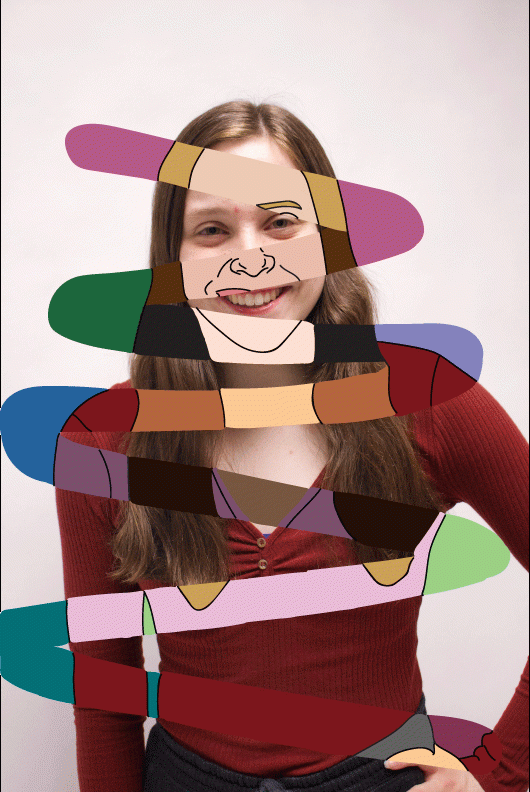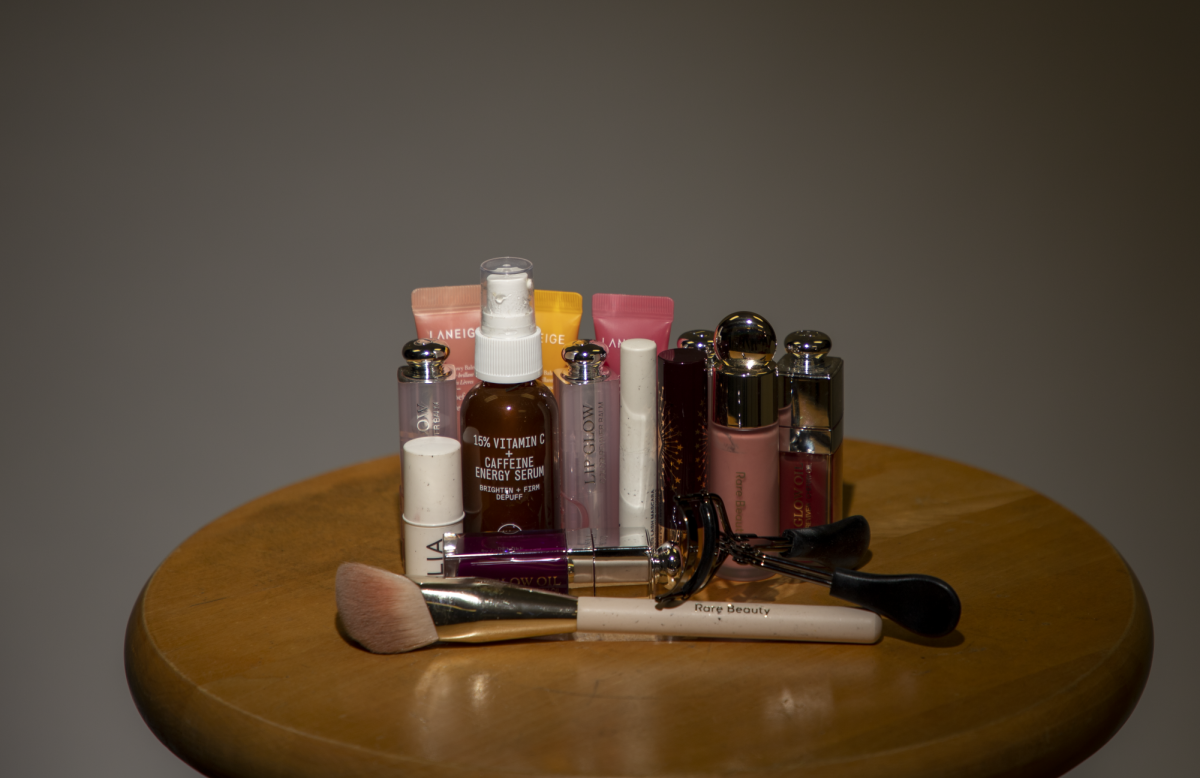The colors people wear can be more than a fashion statement; colors can make or break a look. Specific colors that complement one’s skin tone can enhance their complexion, while unflattering colors can cause someone to look sick. Thus, finding the color palette fit for one’s skin tone can play a crucial role in their overall look.
The trick to picking out complementing colors for one’s skin is to evaluate their undertones. The term “undertone” refers to the color beneath the surface skin. Skin undertones are typically referred to as warm, cool or neutral. According to the senior editor of Stylecaster, Perrie Samotin, one method to discover one’s undertone is to look at the color of their veins. If it appears green, that person is likely warm tone; if it appears blue or purple, that person is likely cool tone. If it is difficult to differentiate the colors, one may be neutral tone.
The general rule for deciding complementary colors to wear is to match the color to one’s undertone. Therefore, if someone has cool undertones, which appears pink, red or blue, wearing cool toned colors will likely be flattering. Cool shades include purples, blues, greens and silver. Icy pastel colors can also be complementing. If someone has warm undertones, which appears yellow, golden or peach; warm toned colors are complementing. This includes warm shades of yellows, reds, oranges and gold. Sophomore Megan Harding, who has pale warm skin, is drawn to warm colors.
“I try to wear colors that compliment my pale skin tone because otherwise I tend to get washed out,” Harding said. “I try to keep this in mind while shopping because wearing colors that look good on me helps give me confidence.”
It is important to note that there are warm and cool tones to every color. For example, emerald green is cool toned, but olive green is warm toned. This allows cool toned people to wear the warm color spectrum and vice versa.
Those with neutral undertones, which is a variety of cool and warm colors, generally look flattering in all colors because they have a balance of warm and cool tones in their skin.
Another general rule on complementing colors to wear is to avoid colors that are too similar to one’s skin tone. Social studies teacher Jennifer Joyce, who has warm undertones, follows this rule.
“[Yellow] definitely does not compliment my skin tone because I have yellow undertones, so I would be very washed out,” Joyce said. “I need more contrasting colors [that are] either pretty pastel or dark.”
Joyce also mentions how physical traits, such as hair and eye color, can play a role in deciding what colors to wear. Joyce has blonde hair, which is another reason why she avoids wearing yellow, since it blends in with her skin too much.
Both these rules are general, but can play an important part for deciding what colors to purchase and wear. Wearing colors designed to complement one’s skin can overall enhance one’s appearance.

















